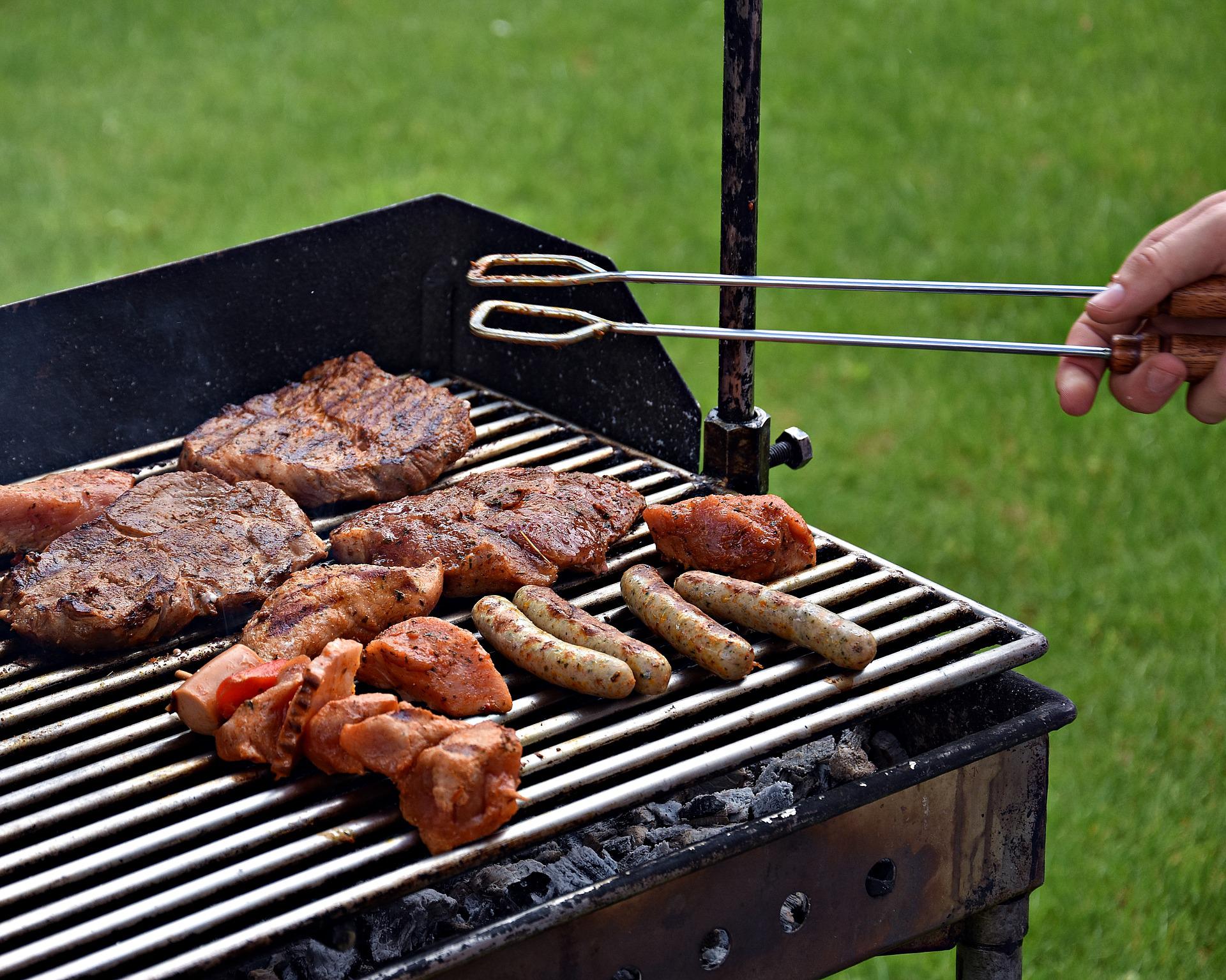There are no items in your cart
Add More
Add More
| Item Details | Price | ||
|---|---|---|---|
America loves to barbecue and it does barbecue unique from coast to coast.
{{6/15/2022}}
Make no bones about it: Americans love their barbecue (often abbreviated as BBQ). It is estimated that roughly 75% of adults in the U.S. own a grill or a smoker. And while many people think that barbecue is strictly a summertime tradition, 63% of people who own a grill or a smoker use them throughout the year; 43% of grill and smoker owners use them at least once a month during the winter. Barbecue is not limited to just dinner either: 11% of people who own grills have prepared barbecue for breakfast in the past year.

While Americans like to barbecue all through the year, they really love barbecuing during the spring and summer and especially during the holidays, when they have time to gather around the grill with their family and friends. Here are the most popular holidays for barbecues in America:
Most people think of barbecuing as any type of cooking that you do outside, but this is not quite true according to most barbecue purists. Grills such as gas, electric and charcoal grills can expose the meats to direct flame and cooking that does so should be properly called grilling. Barbecuing on the other hand, involves cooking the meat slowly over an indirect flame. When you cook the meat with a smoker or a grill with flame that does not touch the meat, then you are barbecuing. When you slow cook the meat with wood chips to enhance the flavor, you are truly barbecuing!

Okay, so we have an idea of how Americans barbecue, but what kind of meats do they use? Well, again there is a big difference between what is popular and what the purists say is the right kind of meat. Modern barbecues use all kinds of meats like pork, beef, chicken, turkey, and even vegan and vegetarian options. The original barbecues were said to use pork though, and some purists say that you are not really barbecuing unless you are barbecuing pork. There is some controversy here, since different types of meat are popular in different areas in the U.S. where barbecue is famous. These areas are located in the southern U.S. and are often called the Barbecue Belt.
The so-called barbecue belt stretches across the southern U.S. While many states and even cities have distinct kinds of barbecue, among these there are a few that are the most famous:
After Christopher Columbus and his crew landed on the island they called Hispaniola, they noticed that the native people often slow-cooked their meat over an indirect flame, using green wood so that the wood, and food, would not burn. It is said that the Spaniards called this type of cooking barbacoa, which came to be known as barbecue (there is disagreement here among historians though). When the Spanish explorers, called the conquistadors, began to come to the North American mainland from Spain, they took this barbacoa with them. In 1540 the Native American Chicksaw tribe slow-cooked pork over a barbacoa during a feast in the presence of Spanish explorer Hernando de Soto near what is now Tupelo, Mississippi. From here, the practice of barbecuing moved north and west, making its way through the British colonies of America.
In the colonies of Virginia and North Carolina, it was popular to use pigs for barbecues. When food was running low, the colonists could send the pigs into the forests to fend for themselves. They would later hunt those same pigs for food. The meat of these pigs was lean, so the colonists would slow-cook the meat over a barbecue in order to tenderize it. What about the sauce? Well, the idea of using sauce is said to come from the British, who used basting the meat as a way to keep the juices locked up inside. The vinegar-based sauce is due to the British people's penchant for tart tastes.

Barbecuing soon became popular among the German immigrant cattle ranchers in Texas, who used beef instead of pork. As for the sauce, the German immigrants, who came from a culture that loves mustard, decided to use a mustard-based sauce that was spicier than the tart Carolina style sauce. Mustard-based barbecue sauces were also used by the French immigrants of South Carolina. In Memphis, a sweeter and spicy tomato-based barbecue sauce sprung out of the city's status as a port city. People living in Memphis had access different goods such as molasses, which they added to their tomato barbecue sauce to give Memphis barbecue its sweet flavor.
In the early 1900's a Memphis resident by the name of Henry Perry moved to Kansas City, where he opened a barbecue restaurant. Perry used the same kind of tomato-based sauce that was common in his hometown. However, he did not cook only pork, which was also common in Memphis. Perry cooked beef too, and Kansas City barbecue became famous as a hodgepodge of different barbecue styles, combining Carolina, Memphis, and Texas styles.
From these origins, the practice of barbecuing spread throughout the U.S. Now barbecuing has it's own brand of pop culture, with barbecuing TV shows, barbecue-focused road trips, and even offshoots of barbecue dishes such as barbecued tacos. Americans do indeed love their barbecue, don't they?

{{Brett M.}}
Brett is the founder of LingoMetro and lives in Seattle with his wife and his cat, Tippee.